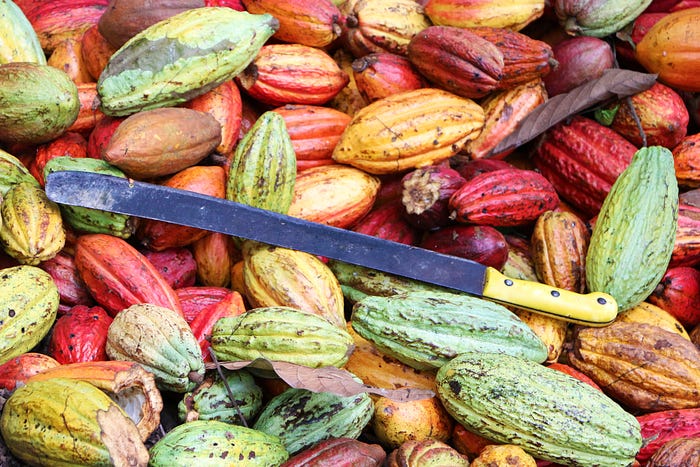Member-only story
What’s Wrong With Cacao Farming?

There’s a problem with cacao farming. Craft chocolate makers and consumers are both implicated. Written by a cacao farmer and chocolate maker in Ecuador.
I should start out by saying that I believe cacao farming is a noble profession. Its nobility is one of the things that first attracted me to it. I’ve been farming cacao with an increasing level of seriousness since 2008 under the auspices of a rainforest conservation project. If I didn’t have the benefit of other income streams, I would be the poorest person you know who works a full-time job — despite the fact that this job creates the raw material for something that society values highly. This is one of the many quiet contradictions of a global economy in which specialty foods are celebrated by affluent people while the primary producers of those foods live at a subsistence level.
It’s very difficult for cacao growers to make a living in any country. From what I’ve read, West African cacao growers have it the worst, though I haven’t seen this with my own eyes. My personal experience in cacao farming is entirely limited to Ecuador, which is the native origin of cacao and home to the most prized and endangered cacao variety in the world, called Nacional. Incidentally, Ecuador is also home to the single greatest threat to heirloom cacao throughout the tropics, in the form of a cacao clone by the name of CCN-51.
The fear of an existential threat to cacao recently made its way through the news cycle, in somewhat sensational fashion. The culprit was reported to be climate change, otherwise known as global warming. From my vantage point in Ecuador, I believe money and CCN-51 are the real threats.

Today most cacao in Ecuador is still produced by individual growers working on small-scale family farms. Much of this cacao is organic, even though it’s usually not certified as such. Nacional cacao, in particular, has the advantage of not needing chemical inputs the way that other crops like apples and strawberries do. It prefers to grow in the partial shade of other fruit trees on hillsides that are half cultivated and half wild.
